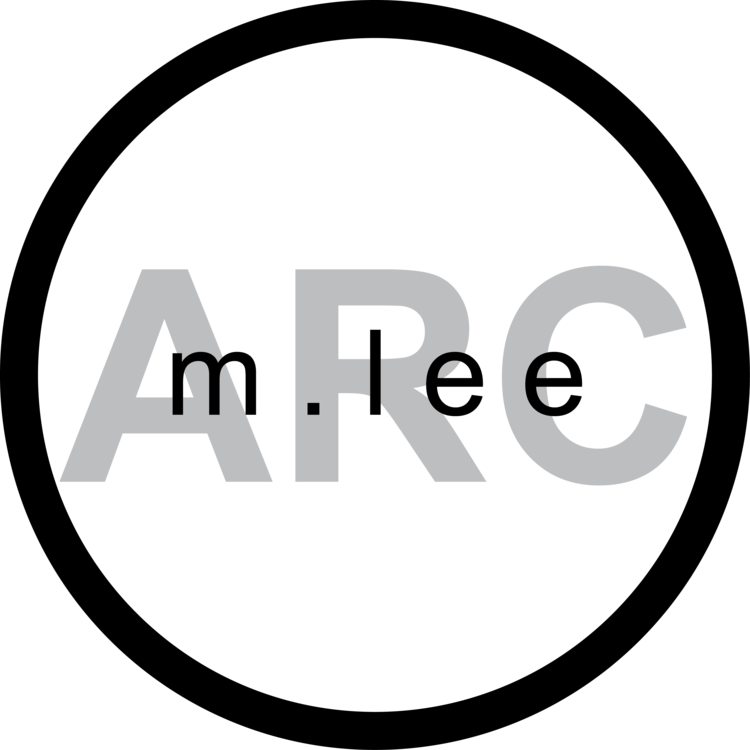So what's the deal with groups and components? Here's a very basic explanation.
On the cyan colored floor are two grouped objects. They are copies of one another.
On the yellow colored floor are two components. They are copies of one another.
(Copy, as in: "ctrl C" - "ctrl V")
If we edit the first grouped object (by right-clicking and selecting "Edit Group" or simply double-clicking) we see that there is no change to the second grouped object.
If we edit the first component (also by right clicking and selecting "Edit Component" or simply double clicking) we see that the change made to the first component is also made to the second component.
The main reason to use a component instead of a group is if you are modeling an object that will repeat in your model such as identical columns, curtain walls, furniture and fixtures.
In this example, I modeled a shipping container and made it a component. After copying and pasting them on top of each other I created a basic form for the building. Later, I went back and edited the shipping container component - allowing me to model the details without remodeling and re-stacking each shipping container individually.
Another use of components that may not be as obvious is use as a kind of mirror modifier or parametric modeling tool. When one object is made of identical modules, you can cut down your work and file-size considerably.
In this example I first created a component, copied that component 3 times and arranged them such that editing one component (what you see the foreground) resulted in modeling the entire object (what you see in the background).






